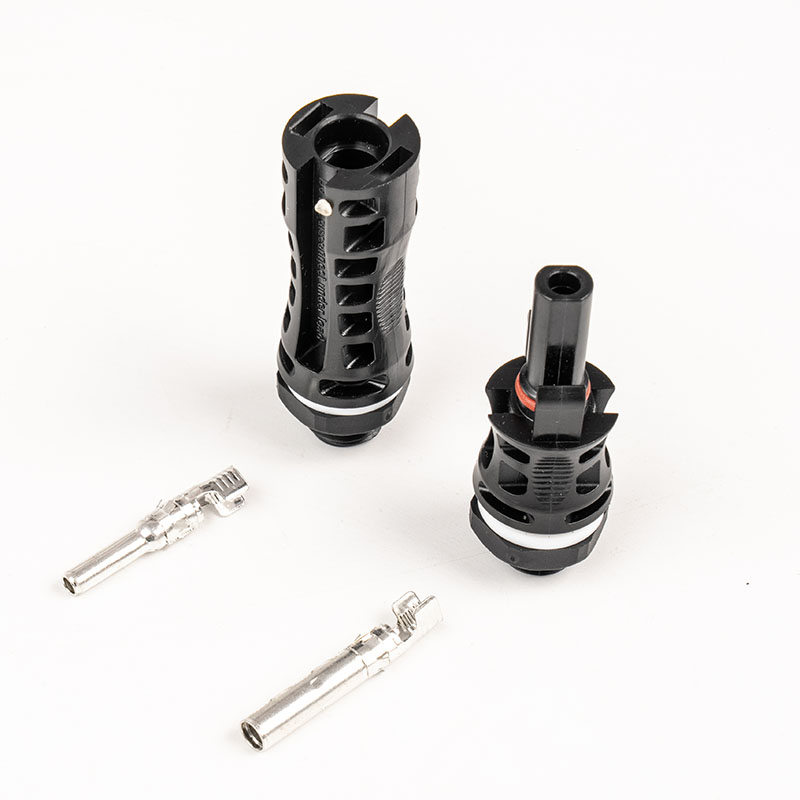Solar Junction Box: The Unsung Hero of Your Solar System
2025-04-28
When it comes to solar power, we often focus on the big-ticket items: solar panels, inverters, and batteries. But there's a crucial little component that often flies under the radar—the Solar Junction Box. This small yet mighty device plays a key role in keeping your solar energy system running smoothly and safely.

Let’s explore what a Solar Junction Box is, why it’s so important, and how it contributes to the overall efficiency of your solar setup!
What Is a Solar Junction Box?
A Solar Junction Box is a protective casing that houses the electrical connections between the solar panel's output cables and the rest of your solar power system. In simple terms, it’s where all the wiring from the panels meet before being routed to the inverter or battery.
Most junction boxes are equipped with diodes (typically bypass diodes) that help prevent damage from things like shading or panel failure, ensuring that your system remains efficient and safe.
Why Is It Important?
Here’s why the Solar Junction Box is a critical component of your solar system:
1. Protection from the Elements
- Since solar panels are usually installed outdoors, they’re exposed to the elements—rain, wind, dust, and more. The junction box is built to protect the wiring and electrical components from moisture and other environmental factors that could cause short circuits or damage.
2. Safety First
- A properly installed junction box keeps electrical connections safe and prevents the risk of sparks, fires, or electric shocks. It serves as a barrier between the high-voltage wiring of the solar panel and the rest of the system.
3. Efficient Power Flow
- The junction box ensures that the energy produced by your solar panels is efficiently transferred to your inverter, which then converts it to usable electricity for your home or business. Without a well-functioning junction box, energy flow could be disrupted, leading to system inefficiencies.
4. Bypass Diodes
- Many solar junction boxes include bypass diodes that protect the system from power loss due to partial shading. These diodes allow the current to bypass the shaded or malfunctioning cells, ensuring the rest of the panel continues to operate at full capacity.
5. Easy Maintenance
- The junction box allows for easy access to the wiring for maintenance and troubleshooting. If a connection needs repair or if something goes wrong with the system, the junction box provides a centralized point for repairs.
Where Is It Located in Your Solar System?
The Solar Junction Box is typically mounted on the back of the solar panel or sometimes attached to the racking system near the panel. It’s connected to the positive and negative terminals of the panel, where it acts as the central hub for all electrical wiring before it flows to the inverter or other components.
What Makes a Good Solar Junction Box?
Here’s what to look for when choosing or evaluating a solar junction box:
- Weatherproofing: It should be designed to withstand harsh outdoor conditions, with an IP (Ingress Protection) rating that indicates its resistance to dust and water.
- Durability: The materials used should be able to handle temperature fluctuations, UV exposure, and physical stress.
- Safety Features: A good junction box will have fuses, diodes, or circuit breakers to protect the system from overcurrent or fault conditions.
- Ease of Installation: It should be easy to install and access for wiring, allowing for a quick setup and simple maintenance.
Final Thoughts
Though it’s often overlooked, the Solar Junction Box is absolutely essential to the safety, efficiency, and longevity of your solar energy system. By protecting the wiring and connections, ensuring efficient power flow, and allowing for easy maintenance, it plays a critical role in making sure your solar panels are doing their job effectively.
If you’re setting up a solar energy system, don’t underestimate the importance of choosing a reliable, high-quality junction box. It’s a small component with a big impact on your solar investment!


